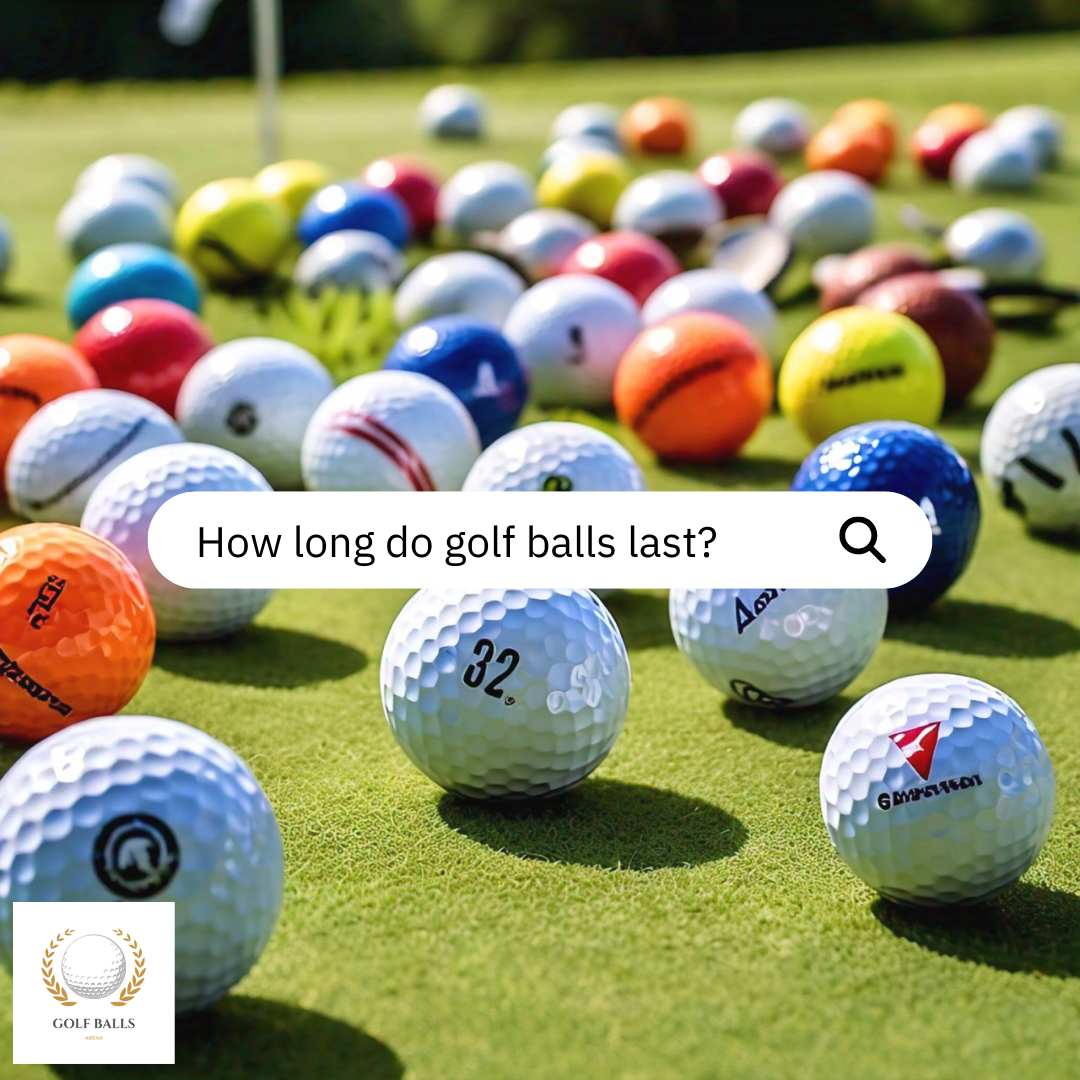How Long Do Golf Balls Last?
Golf balls can undoubtedly be foul in time due to numerous variables influencing their resilience and efficiency. The life span of a golf ball mainly relies on its storage space problems. Appropriate storage space far from severe temperature levels, wetness, plus straight sunshine can assist in keeping its high quality plus durability.
Direct exposure to water, UV rays, and temperature changes can result in efficiency deterioration. This destruction might materialize in compression loss, endangered core honesty, cover damages, and reduced influence resistance.
Ensured water resistance and UV destruction defense are essential for extending a ball’s life expectancy. Routine upkeep and quality assurance checks can assist in determining any problems beforehand, permitting golfers to change degrading balls and maintaining regular efficiency on the program.
The Importance Of Understanding How Long Golf Balls Last For Golfers:
- Extra golf balls saved correctly can generally last as much as ten years.
- Golf balls utilized regularly usually last seven balls of golf.
- After about seven balls, golf balls shed range plus rotate, influencing precision and control.
- The lifespan can differ due to variables like ball kind, high quality, and training course problems along your swing design.
- Some balls could suffer longer depending on their building and products.
How Do You Know The Golf Ball Has Gone Bad?
The most convenient method to inspect if a golf ball is still excellent is by offering it a close appearance. Here are some indicators to expect:
Cracks or cuts:
Any noticeable splits or cuts on the ball’s surface area indicate it’s harmed. It can ruin just how it flies and spins.
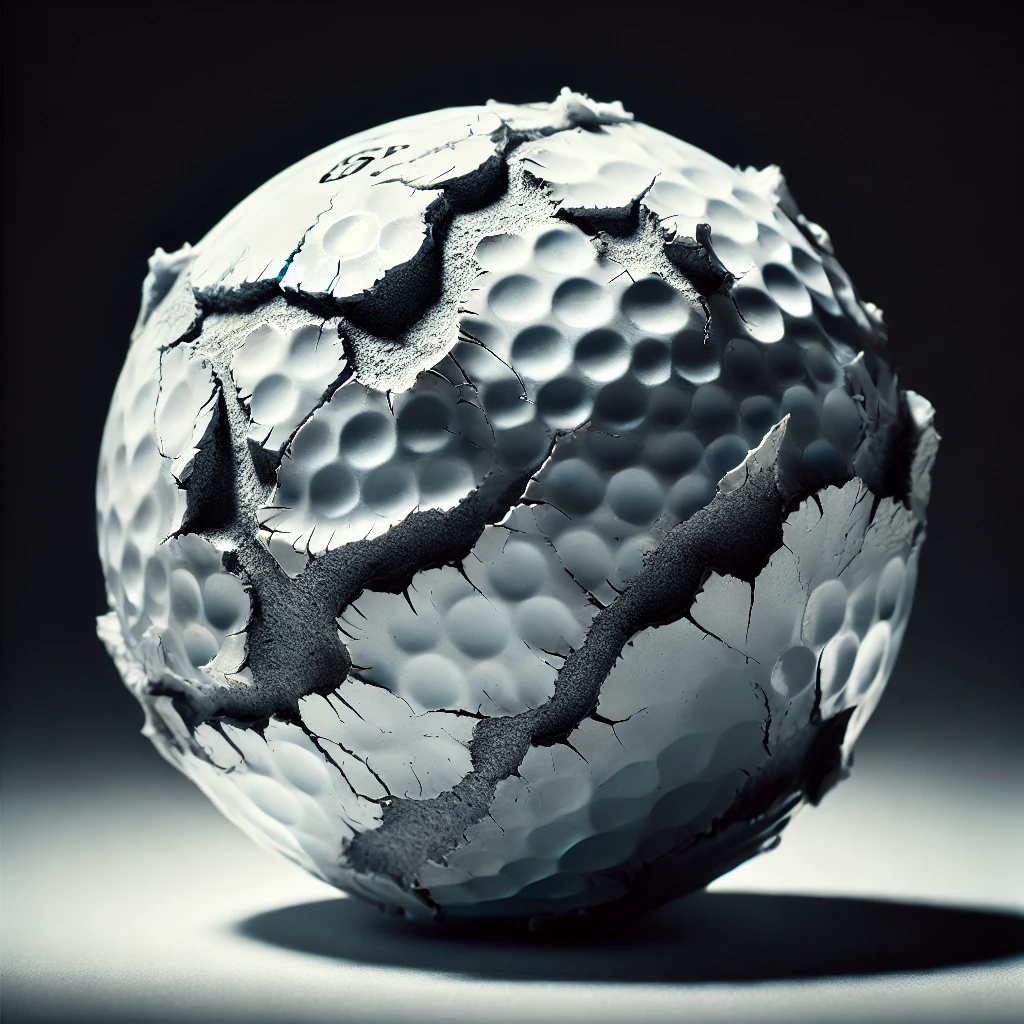
Discoloration or fading:
If the ball looks various or discolored, it’s most likely been subjected to UV rays or chemicals. Although this does not significantly affect it, it can transform exactly how it feels.
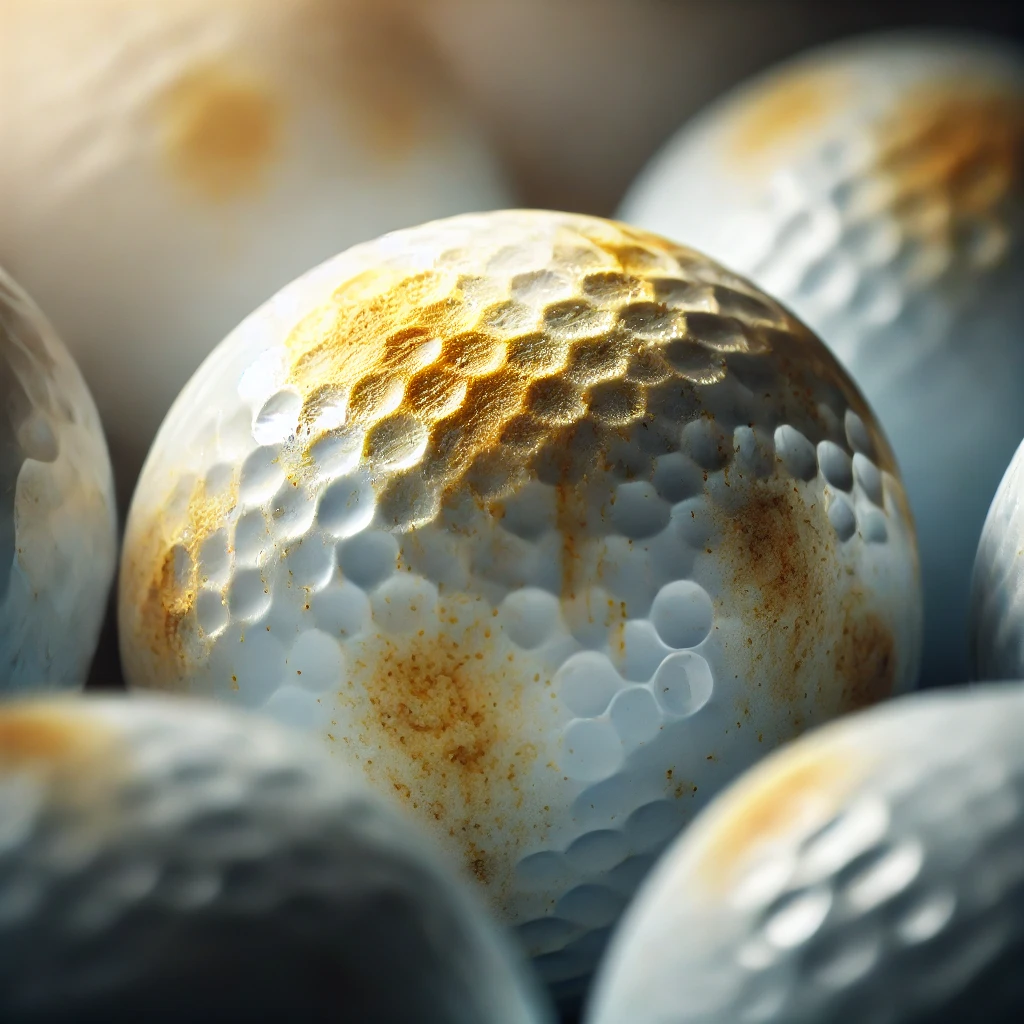
Scuff Marks:
Scuff marks appear as scrapes or abrasions on the surface of the golf ball. These marks can impact the ball’s wind resistance, causing it to fly less predictably and minimizing its general efficiency.
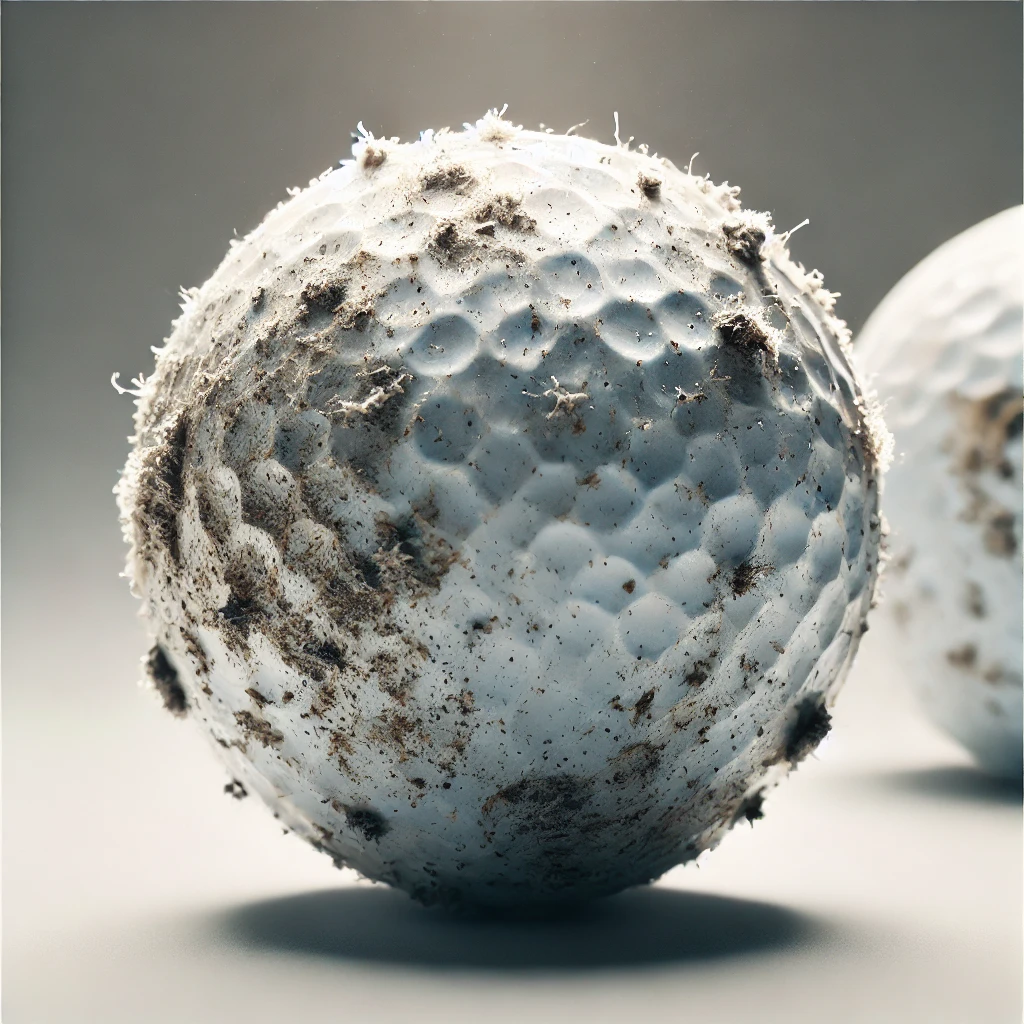
Loss of compression:
Loss of compression describes the ball’s core becoming less durable over time. Consequently, the ball might feel softer and stop working to bounce back to its initial form upon effect. It can cause reduced range coupled with reduced shot control.
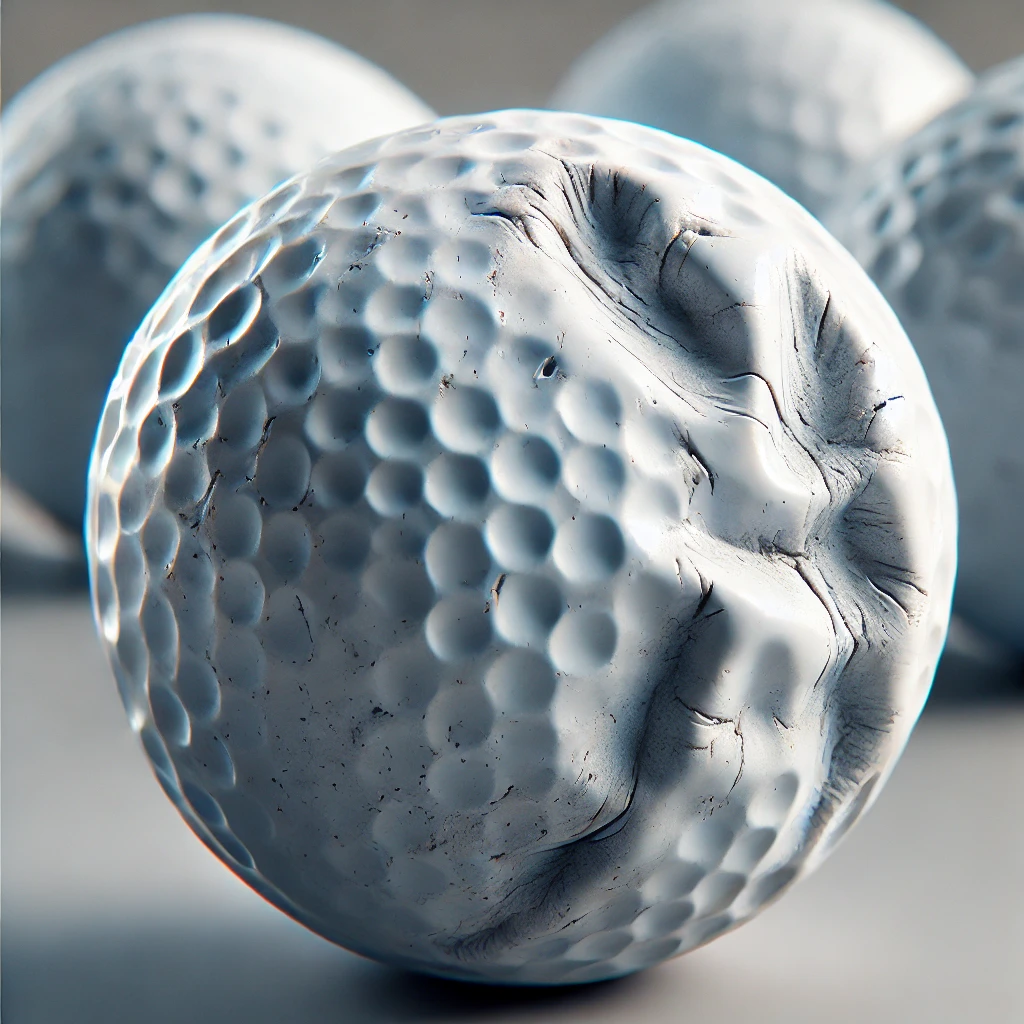
Damages to the Cover:
Cuts, splits, or leaks can damage the golf ball’s cover. This can endanger the ball’s stability, influencing its trip attributes and longevity. Furthermore, direct exposure to UV rays and dampness can trigger the cover to deteriorate much faster.
In simpler terms, when a golf ball is worn, you may discover scrapes on its surface area (scuff marks), it might feel softer and not jump back (loss of compression), and there can be noticeable damages like cuts or splits on its cover (damage to the cover).
Factors Affecting Golf Ball Durability:
Golf ball sturdiness can be affected by several elements, including:
Material Composition:
The products used to make the golf ball, such as whether it’s a two-piece or three-piece ball with a urethane cover, can impact its toughness. Some products endure much better than others.
Frequency of Use:
Exactly how typically you utilize the frequency additionally contributes to its resilience. Normal usage can break the ball faster, mainly if it’s based on brutal swings or hits.
Environmental Conditions:
The setting where you play golf also matters. Elements like temperature, moisture, and direct exposure to sunlight can all influence how well the ball holds up with time.
Type of Golf Course:
The kind of golf you play also has issues. Training courses with uneven surfaces or unpleasant yardages can damage the ball even more than smoother training courses.
Quality of Manufacturing:
Lastly, the high production quality can establish just how resilient a golf ball is. Balls with higher-quality control criteria and products will likely last longer than those of reduced high quality.
Testing Methods:
Testing golf balls’ durability and life span includes several techniques to ensure they can withstand the roughness of play while maintaining efficiency.
Compression Testing:
Compression testing measures the suppleness of a golf ball’s core. It uses stress on the ball to establish just how much it presses under pressure. A more excellent compression ranking generally suggests a firmer ball, while a reduced ranking indicates the ball presses quicker. This testing helps examine the ball’s strength and how well it keeps its form throughout its effect.
Tips for Extending Golf Ball Lifespan:
If you desire your golf balls to last much longer, right here are some straightforward approaches to adhere to:
Proper Storage Techniques:
Saving golf balls in a cool, dry area far from severe temperatures and sunshine can help maintain their integrity. Consider using a golf ball container or bag to safeguard them when not used.
Cleaning Methods:
Regularly clean your golf balls with light soap and water to eliminate dust, lawn discolorations, and debris. Avoid extreme chemicals or unpleasant cleansers that might harm the ball’s cover.
Rotation of Golf Balls During Play:
Rotate your golf ball throughout and have fun with dispersed wear equally. This prevents one ball from becoming exceedingly scuffed or harmed, lengthening the life span of your whole collection.
Choosing Golf Balls Suited to Playing Style and Skill Level:
Pick golf balls that match your fun design and your degree of ability. For example, use a low-compression ball to optimize range if you have a slower swing rate. Furthermore, select balls with urethane covers if you like even more spin control.
Keep Golf Balls Away From Water:
Direct exposure to water can speed up the wear and tear of golf balls, so attempt to maintain them far from water dangers whenever feasible. If your ball does wind up in the water, completely dry it before returning it to play to decrease damage.
In simple terms, make your golf balls last much longer, save them effectively, cleanse them regularly, turn them throughout play, select the best balls for your game, and stay clear of water risks on the program.
Conclusion:
Finally, golf players must recognize how long golf balls last and what elements affect their resilience. By identifying indications of deterioration, such as scuff marks and loss of compression, gamers can recognize when it’s time to change their balls. To expand the life of the golf balls, golfers must save them correctly, cleanse them routinely, and choose balls matched to their fun design. By using these techniques, golf players can guarantee that their devices carry out well and last much longer, inevitably enhancing their games and conserving cash in the future.
Understanding Golf Ball Durability:
Understanding golf ball toughness is essential for both efficiency and financial factors. A sturdy golf ball maintains its efficiency with time, ensuring regular range, spin, and precision in the program. In addition, by extending the life expectancy of golf balls, gamers can conserve cash in the future by minimizing the regularity of substitutes.
Hi, I'm Austin Grey. I've been passionate about golf since 2005, and over the years, I've immersed myself in every aspect of the game. With nearly two decades of experience, I've developed a deep expertise in one particular area: golf balls. I created this blog to share everything I've learned about golf balls with fellow enthusiasts like you. Here, you'll find detailed reviews, insightful tips, and comprehensive guides to help you choose the perfect ball for your game. Whether you're just starting out or have been playing for years, I'm here to help you enhance your golf experience, one ball at a time.

